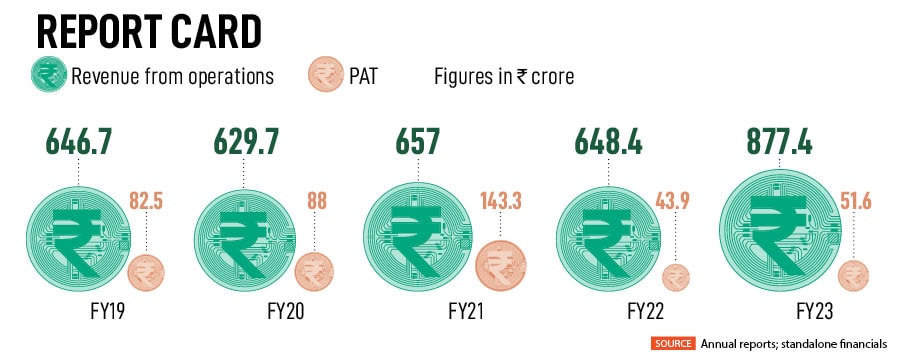
Comviva 2.0: Reboot & Conquer
Hit by regulatory uncertainties in Africa, dwindling revenue from telecom content business, and the need to cater to enterprises, Comviva made yet another attempt to enter the lucrative markets of US and Europe. The gambit this time is showing promising results
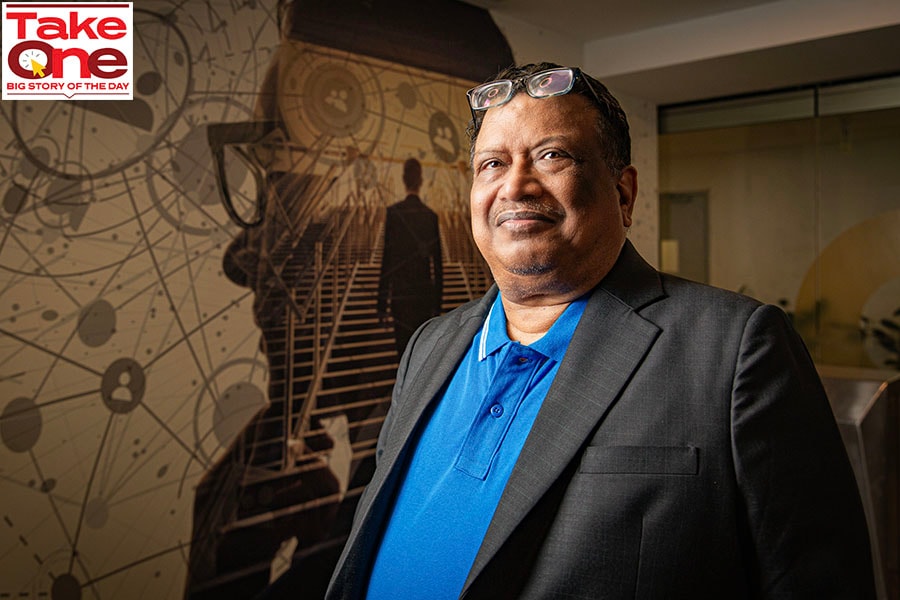 Manoranjan Mohapatra, CEO, Comviva Technologies Image: Madhu Kapparath
Manoranjan Mohapatra, CEO, Comviva Technologies Image: Madhu Kapparath
This time, it was a dogged onslaught. The intent was unwavering, the mood was sombre, and the goal was unambiguous: The army can’t retreat from America. Manoranjan Mohapatra, the battle-scarred crusader, deciphers the mood within his camp. “This time, we went without a plan B, we burnt our ship and we declared there is no going back,” recalls the chief executive officer of Comviva, who is alluding to the strategy embraced by the mobility solutions company when it made a decisive push to enter into the hyper-competitive markets of the US.
Born as Bharti Telesoft in 1999, the company was renamed Comviva after a decade in 2009, and eventually changed hands as it entered the stable of Mahindra Group when Tech Mahindra bought 51 percent stake in March 2012. For the next two decades, Mohapatra lorded over the prepaid and VAS (value added services) markets of India, Africa and Middle East. The spoils were generous, the journey remained profitable, and the empire kept growing. The CEO, who has had a 15-year stint with Aricent and was a core member of CDOT (Centre for Development of Telematics) before joining Comviva in 2007, got to helm a company which used to get 40 percent of the revenue from India in 2007. Gradually, the overseas contribution increased at a furious pace, and India’s share halved over the next decade. There was no reason to complain, though. A booming global market kept cash registers ringing.
Moons later, sometime after the onset of Covid in 2020, the veteran honcho was trying to emulate a decorated Spanish war general who set out on a voyage to conquer new frontiers. Mohapatra starts to narrate the story of Hernán Cortés, who along with 600 soldiers landed in an alien geography--which is now Mexico—in 1519. The team was exhausted, the perils of fear of an unknown enemy plagued the minds of the fighters, and there was reluctance in making the decisive move to conquer the territory.
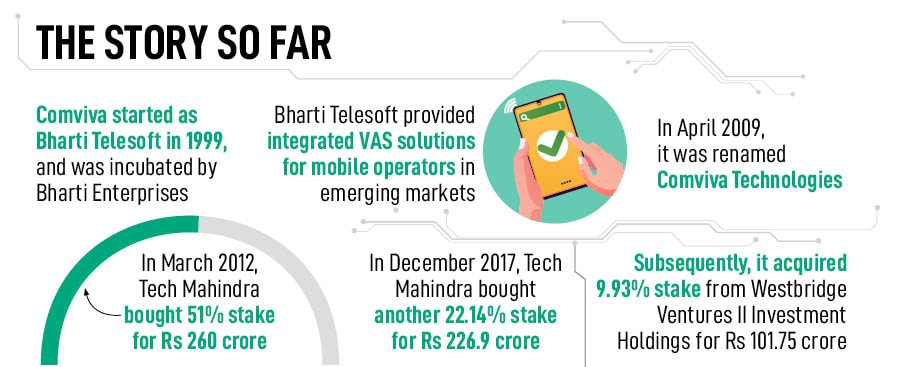
Sensing a strong wave of unease among the troops, Cortés did something unthinkable. He burnt the ship which brought them to the shore. Now the army was left with two choices: Fight and win or die. There was no room for retreat. Comviva, underlines Mohapatra, had made half-hearted attempts to enter into the American markets in the past. Plan A, though, didn’t work because there was a flourishing and successful Plan B which had been oiling the mobility services’ kingdom of Comviva across Africa, the Middle East and Southeast Asia.




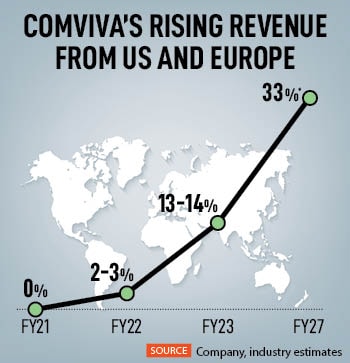 The rules of the game, though, changed dramatically in the years leading to the pandemic. Mohapatra starts with the first big blow. In 2007, the telecom content business contributed around 60 percent of the total revenues of the company. Over the next decade, it started to dwindle, and, by the end of 2019, it slipped to around 15 percent. The onset of the pandemic, though, accelerated the decline. The second—and a more serious and immediate one—blow emerged around regulatory uncertainties in the overseas market, especially Africa, where it was becoming increasingly difficult to expatriate forex.
The rules of the game, though, changed dramatically in the years leading to the pandemic. Mohapatra starts with the first big blow. In 2007, the telecom content business contributed around 60 percent of the total revenues of the company. Over the next decade, it started to dwindle, and, by the end of 2019, it slipped to around 15 percent. The onset of the pandemic, though, accelerated the decline. The second—and a more serious and immediate one—blow emerged around regulatory uncertainties in the overseas market, especially Africa, where it was becoming increasingly difficult to expatriate forex. 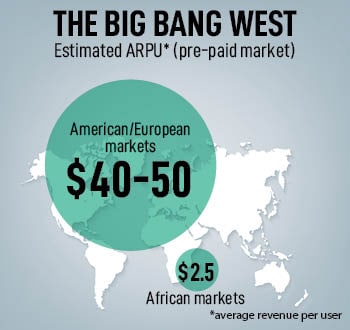 Mohapatra baked his US strategy by beginning to tackle the last impediment: Past failure. The idea was simple. Unless one knows what went wrong, one would never be able to get it right. The CEO decodes another crucial ingredient which led to a bitter experience in the past. “We went to the US with a little bit of arrogance of success,” he confesses. Establishing a foothold in a new market needs time, energy, investment and a realisation that the new venture might impact the Ebitda in the formative years. “We did not think about the complete ecosystem which was required to succeed,” he says. The naive thinking was maybe half-a-million investment and hiring a few guys—two or so—was good enough. Sadly, it was not. So this time, Mohapatra covered all chinks. “This time, we made a plan of $4-5 million investment, and looked at support, presales, technical, sales and the overall big picture,” he says.
Mohapatra baked his US strategy by beginning to tackle the last impediment: Past failure. The idea was simple. Unless one knows what went wrong, one would never be able to get it right. The CEO decodes another crucial ingredient which led to a bitter experience in the past. “We went to the US with a little bit of arrogance of success,” he confesses. Establishing a foothold in a new market needs time, energy, investment and a realisation that the new venture might impact the Ebitda in the formative years. “We did not think about the complete ecosystem which was required to succeed,” he says. The naive thinking was maybe half-a-million investment and hiring a few guys—two or so—was good enough. Sadly, it was not. So this time, Mohapatra covered all chinks. “This time, we made a plan of $4-5 million investment, and looked at support, presales, technical, sales and the overall big picture,” he says. 